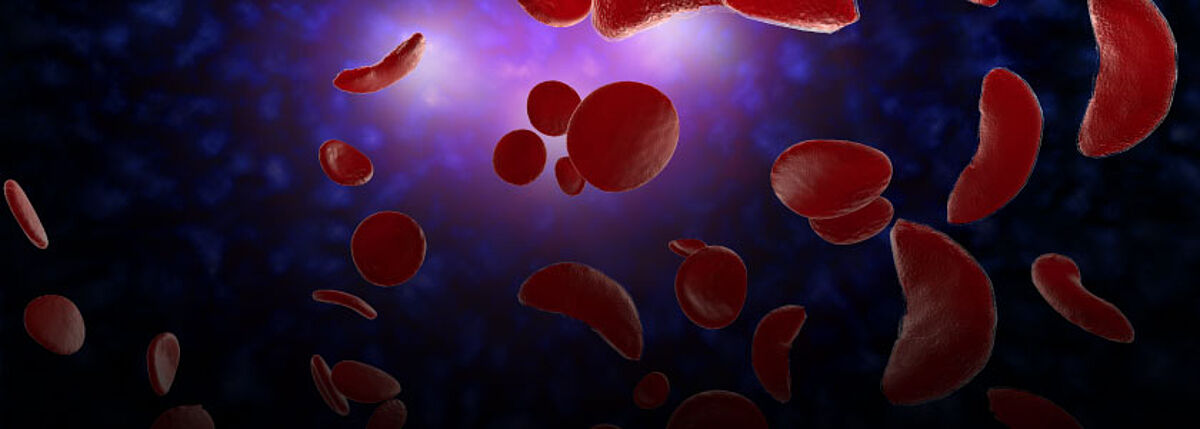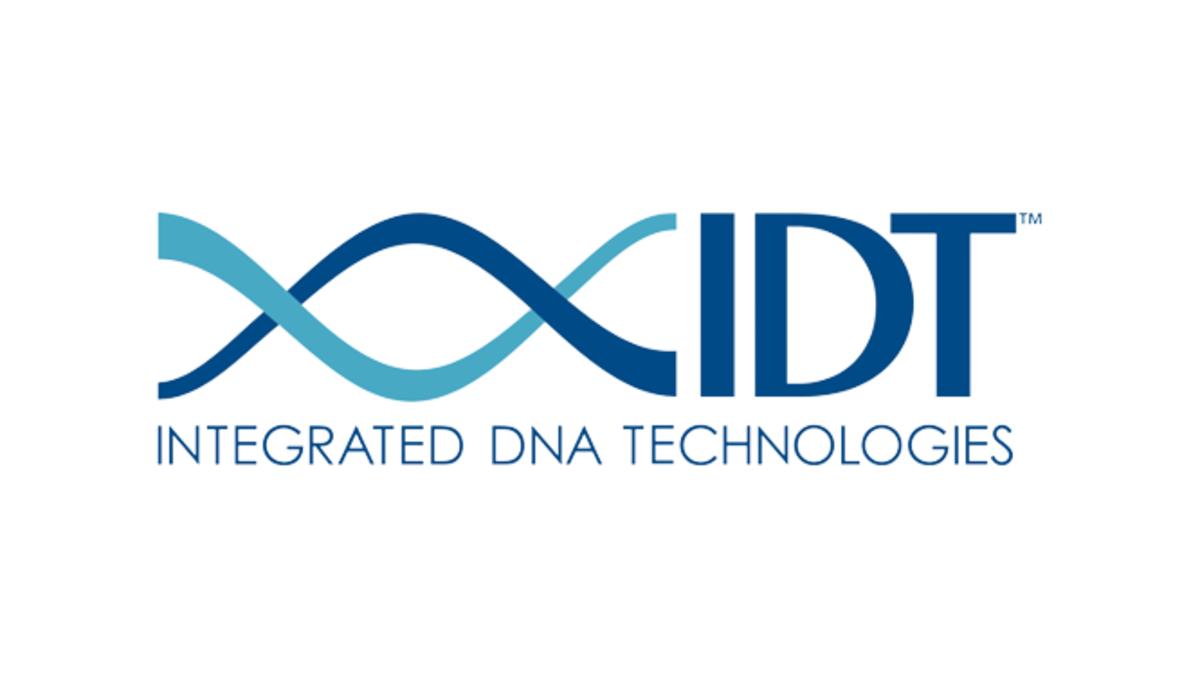Recent breakthroughs: New enzymes, a thriving patient, and lower cholesterol thanks to CRISPR

Can CRISPR technology be used to lower your cholesterol? Not yet—but it appears to work in monkeys. Read on to learn more about that and other incremental CRISPR technology advancements helping to improve human health.
A new enzyme identified, leading to changes in mitochondria genomes
CRISPR technology revolutionized gene editing in everything from fruit flies to human cells and has been used successfully to treat genetic diseases. But CRISPR can’t do everything scientists want it to do—for example, it can’t target changes to mitochondria genomes. Now, that may be coming to an end.
The identification of an enzyme made by the bacterium Burkholderia cenocepacia could facilitate those changes.
That toxin, named DddA, “catalyses the deamination of cytidines within dsDNA,” wrote researchers in a new study published in Nature.
DddA can act directly on double-stranded DNA without relying on the Cas9 enzyme to break it, possibly making it suitable for reaching the mitochondrial genome. The researchers, led by David R. Liu at MIT’s Broad Institute and Harvard, split the enzyme in two pieces that would change the DNA only when brought together in a particular sequence and used engineered proteins to link each half to specific sites in the genome.
"This is the first time in my career that we've been able to engineer a precise edit in mitochondrial DNA," co-author Vamsi Mootha told GenomeWeb. "It's a quantum leap forward — if we can make targeted mutations, we can develop models to study disease-associated variants, determine what role they actually play in disease, and screen the effects of drugs on the pathways involved."
While the technique is not yet ready for use in clinics, it “could ultimately complement existing methods used to prevent or treat mitochondrial disorders. Some countries already allow a procedure called mitochondrial replacement, in which the nucleus of an egg or embryo is transplanted into a donor egg or embryo that contains healthy mitochondria,” explained an accompanying Nature article.
Mother of three who underwent sickle cell gene editing treatment reportedly thriving
Meanwhile, CRISPR gene editing applications continue to expand. In June, the first patient to undergo gene editing treatment for sickle cell disease was reported to be thriving.
That patient, a mother of three from Mississippi, underwent CRISPR therapy that introduced billions of genetically modified cells into her body which cleared virtually all of the complications of the disorder.
“The promising results are also encouraging other doctors and researchers, who hope CRISPR may also lead to new treatments for many diseases,” reported National Public Radio. “Studies have already tested CRISPR to treat cancer and a rare genetic condition that causes blindness. CRISPR enables scientists to make changes in DNA much more easily than before.”
Can CRISPR technology reduce your cholesterol? It’s working in monkeys
And that’s not all CRISPR is doing. CRISPR base editing, it was recently announced, was used to slash cholesterol levels in monkeys.
The experiment was conducted by Verve Therapeutics, which was formed in 2019 to develop CRISPR-based cures for cardiovascular disease. In the experiment, base editing knocked out two cholesterol-associated genes, PCSK9 and ANGPTL3, in monkeys, and LDL and triglycerides each dropped by as much as 60%. Humans have those same genes.
“The Verve scientists observed no serious adverse events in the macaques, and when the base editor was used on human hepatocytes growing in lab dishes, there was no evidence of such off-target editing,” reported Stat.
Jeff Schmerker
Supplier

IDT - Integrated DNA Technologies
With over 30 years experience as a manufacturer, IDT offers innovative tools for NGS, CRISPR, qPCR and PCR. IDT offers superior quality DNA and RNA oligos, genes, gene fragments, Cas nucleases and more, with fast turnaround times!
About IDT Shop for IDT products
